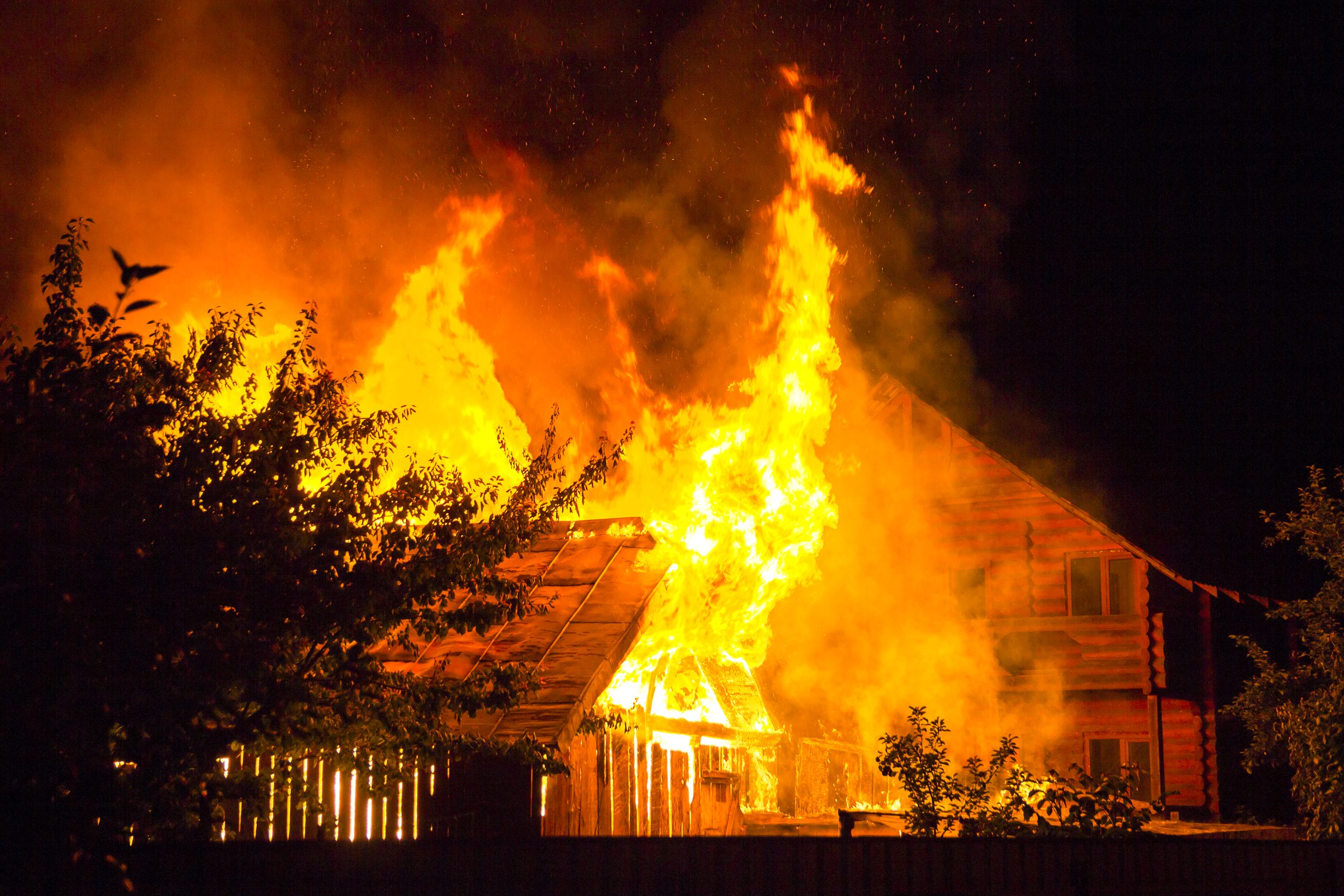
Comprehensive Guide to Fire Restoration
Experiencing a fire in your home or business can be a traumatic and devastating event. The aftermath of fire leaves behind not only visible damage but also hidden dangers that need professional attention. Fire restoration is a crucial process that helps return your property to its pre-loss condition while ensuring safety and mitigating further damage.
This guide will walk you through the essential steps of fire restoration, providing valuable insights into what to expect and how to manage the recovery process.
Understanding Fire Damage
Fire damage extends beyond the burnt structures. It encompasses smoke damage, soot residue, water damage from firefighting efforts, and potential mold growth. Each type of damage requires specific restoration techniques and professional handling to ensure a thorough and effective cleanup.
Smoke and Soot Damage: Smoke and soot can permeate walls, furniture, and personal belongings, leaving a lingering odor and staining surfaces. Soot particles are highly acidic and can cause corrosion and discoloration if not properly cleaned.
Water Damage: Water used to extinguish the fire can lead to significant water damage, promoting mold growth and compromising structural integrity. Swift water extraction and drying are essential to prevent secondary damage.
Structural Damage: The heat from the fire can weaken building materials, making the structure unsafe. A thorough inspection is necessary to identify and repair compromised areas.
The Fire Restoration Process
Fire restoration is a multi-step process that requires specialized knowledge and equipment. Here’s an overview of the typical steps involved:
- Assessment and Inspection: The restoration process begins with a comprehensive assessment of the damage. Professionals inspect the property to determine the extent of fire, smoke, and water damage. This step is crucial for creating a detailed restoration plan.
- Securing the Property: To prevent further damage or unauthorized access, the property is secured. This may involve boarding up windows, doors, and any openings, as well as placing tarps on damaged roofs.
- Water Removal and Drying: If water damage is present, immediate water extraction is performed. Industrial-grade dehumidifiers and air movers are used to thoroughly dry the affected areas.
- Smoke and Soot Cleanup: Specialized cleaning techniques and products are used to remove soot and smoke residues from surfaces. This includes cleaning walls, ceilings, floors, and personal belongings. Odor removal techniques, such as thermal fogging and ozone treatment, are employed to eliminate persistent smoke smells.
- Sanitization and Disinfection: To ensure a safe living environment, the property is sanitized and disinfected. This step is particularly important to address any potential mold growth and to remove harmful contaminants.
- Repair and Restoration: The final phase involves repairing and restoring the property to its pre-loss condition. This may include replacing drywall, painting, installing new flooring, and rebuilding damaged structures. The goal is to make the property look and feel as it did before the fire.
Tips for Homeowners
While professional fire restoration is essential, there are steps homeowners can take to aid the process and protect their property:
- Safety First: Avoid entering the property until it has been deemed safe by professionals. Structural instability and hidden hazards can pose serious risks.
- Document the Damage: Take photos and videos of the damage for insurance purposes. This documentation will be valuable when filing claims.
- Contact Your Insurance Company: Notify your insurance provider about the fire and begin the claims process. Provide them with the documentation and any estimates from restoration professionals.
- Retrieve Important Documents: If possible, retrieve important documents and valuables from the property. However, prioritize safety and wait for professional guidance if the property is unsafe to enter.
The Importance of Professional Fire Restoration
Attempting to handle fire restoration on your own can be overwhelming and potentially dangerous. Professional restoration companies have the expertise, equipment, and experience to manage the complexities of fire damage effectively. They can identify hidden damage, ensure thorough cleaning, and prevent secondary issues like mold growth.
At National First Response, we understand the emotional and physical toll a fire can take on property owners. Our team of certified professionals is dedicated to providing comprehensive fire restoration services, ensuring your property is restored to its pre-loss condition with the utmost care and efficiency. With our 24/7 emergency response, advanced restoration techniques, and commitment to customer satisfaction, you can trust National First Response to guide you through the recovery process and help you rebuild with confidence.
